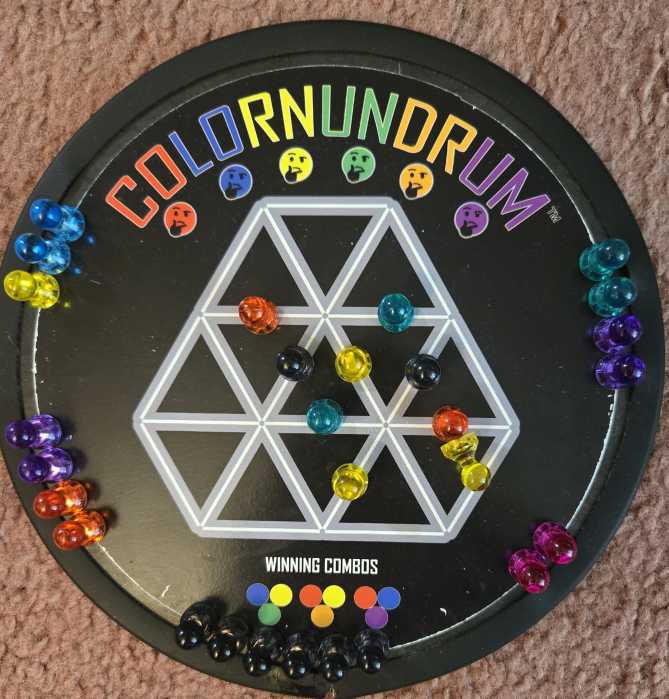‘Tis the season – allergy season, that is. If you’re one of the 50 million people who struggle with allergies, you may already be feeling the effects of outside pollutants.
But while the outdoors may feel like a war zone to your sinuses and nasal passages, at home, you want to be safe from symptoms. Mitchell Boxer, MD, an internal medicine doctor specializing in allergies and immunology with Northwell Health, provides his tips for making your home as allergen-free as possible.
Entrances
When it comes to house points of entry, there are certain things that may help minimize potential for allergy exposure. While Boxer says there isn’t a specific type of window or door that’s better than another, keep an eye out for leaks, which can lead to mold and mildew. Be sure to check that everything seals tight.
You can bring allergens from in outdoors on your clothes and shoes. “Taking off your shoes before entering your house can be helpful in lessening the spread of allergens,” says Boxer. Changing clothes when you get home may also be helpful.
Also pay special attention to your pets. “Wipe down your animals with a damp towel to remove pollen on their fur or hair,” he adds.
Additionally, animals may be a source of poison ivy exposure, so if you are predisposed to poison ivy, be sure to wipe down your animals and wear gloves while you do so.
Air filtration
Air circulation is another important consideration when allergies are an issue for members of your household. Boxer says dust mites can live in air conditioning and heating ducts. Because of this, he says it’s important to change filters in the duct work, and make sure to get those systems serviced regularly.
“A HEPA air filter is the most cost-effective way to lessen allergen exposure,” says Boxer, and stresses “to change the pre-filter regularly so that the machine operates effectively.”
Living rooms
In your living spaces, Boxer says the best rule to follow overall is to “minimize fabrics in the home.” That means that for flooring, “wood or tile is the way to go as it’s easy to clean.” If you must have carpet or rugs, vacuum regularly, as often as needed to keep your symptoms at bay.
The same goes for furniture. You’ll want to choose items that are easy to clean, such as leather or wood, as they will be better for allergy sufferers compared to their fabric-upholstered counterparts. Similarly, avoid fabric curtains.
Boxer also suggests keeping an eye on your house plants. “Indoor plants themselves are not problematic – however, dust and mold that can grow on plants.”
Bedrooms
As hard as it may be to say no to your fur baby, Boxer says, “Don’t let the pets in your bedroom.” He suggests a HEPA filter for the room where the animal sleeps and to bathe and groom it regularly. You should also clean its bed frequently, especially during high pollen season.
When it comes to your own bedding, Boxer says, the less pillows the better. “It’s good to have a comfortable, breathable encasing around the mattress, box spring, and pillows.”
Additionally, he suggests removing dust collectors like books and stuffed animals from children’s bedrooms.
Other rooms
From an allergy perspective, other key rooms to consider include the kitchen and bathroom. The main allergen in these rooms is mold, which can be prevented with regular cleaning and special attention to making sure there are no leaks.
Under the house is another source of allergies. “Basements and crawl spaces are sources of unexpected mold,” says Boxer. To combat this, he recommends a dehumidifier.
The main advice Boxer has to address allergens in is to be proactive. “There are so many good medications to start before and during the allergy season,” says Boxer, “but it’s important to get started prior to the onset of symptoms – otherwise it is hard to catch up.” Talk to your health care provider before beginning a new medication.





























